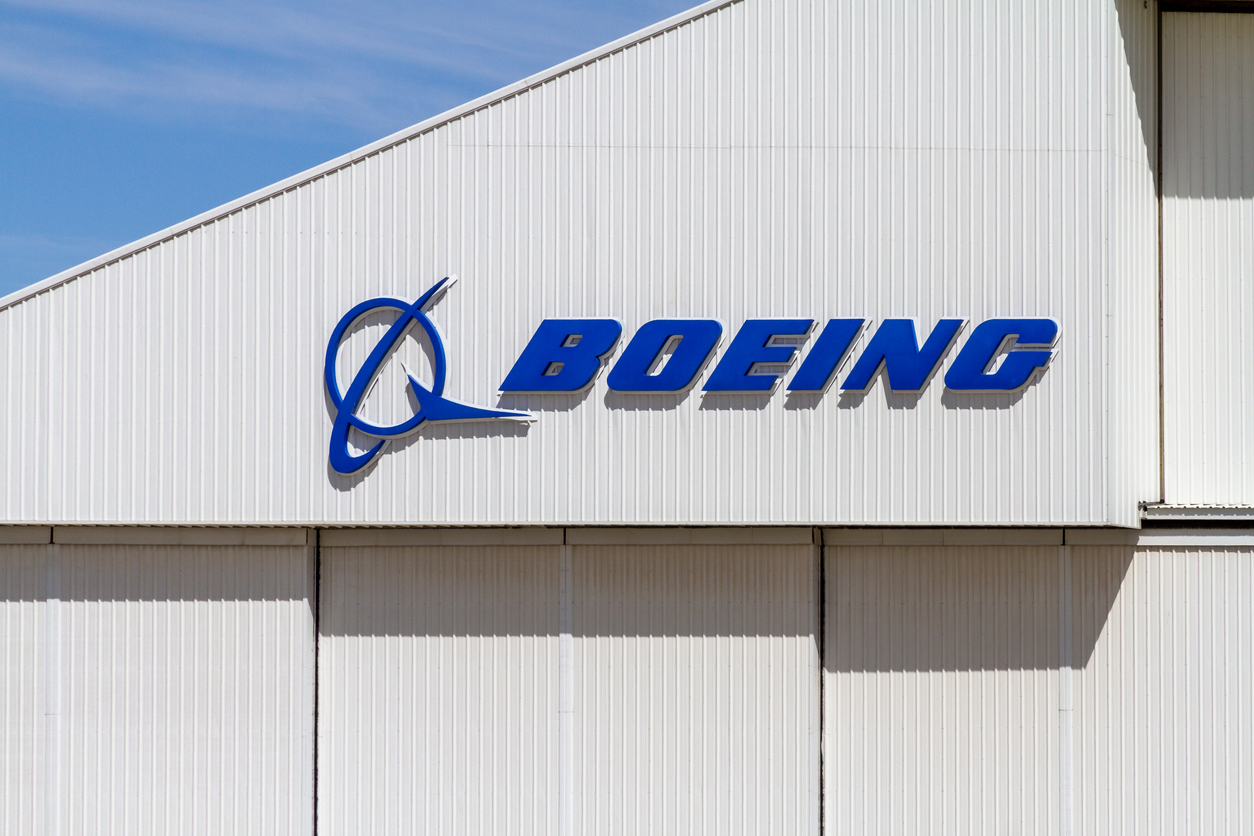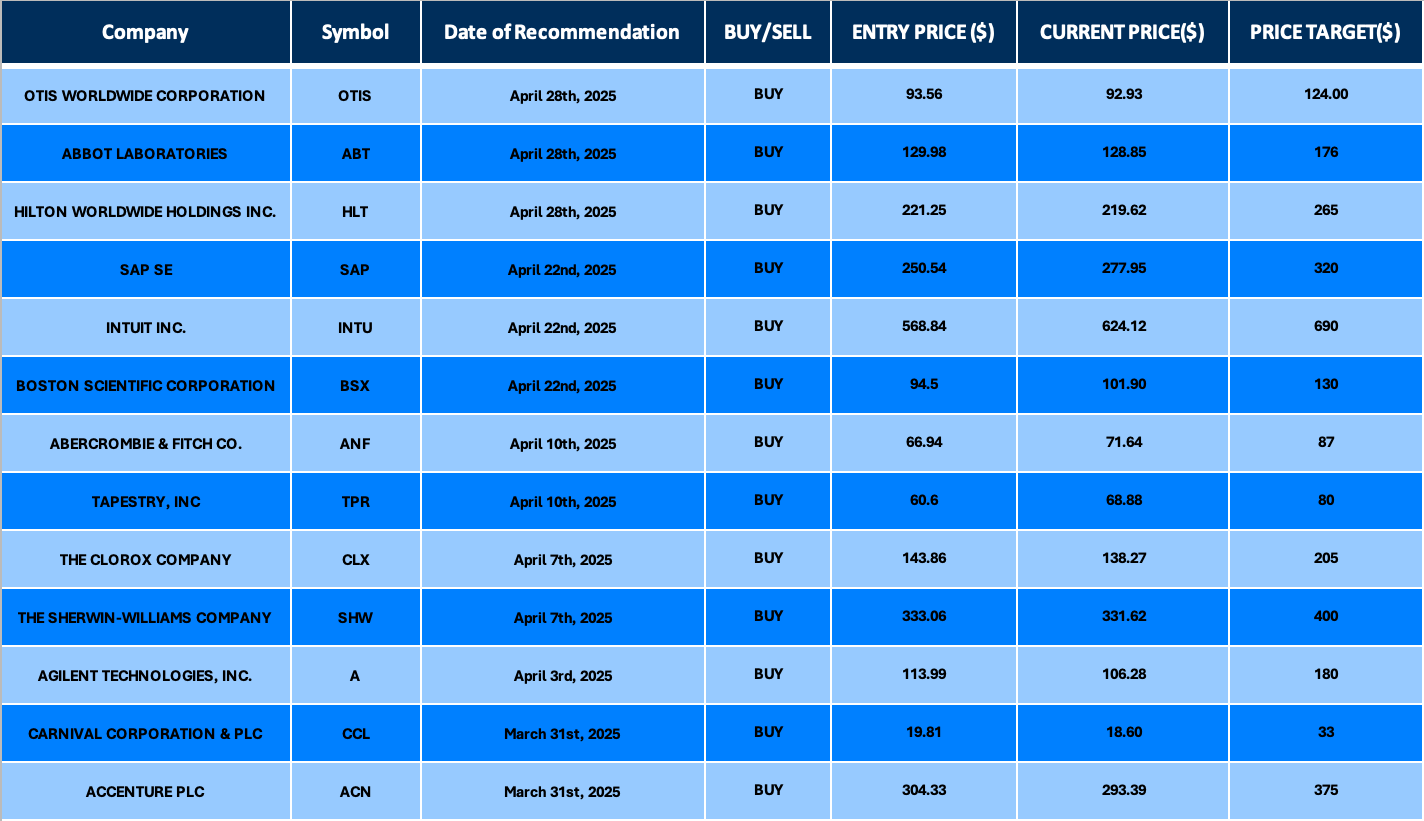
Date Issued – 13th May 2025
Preview
Gold steadied near $3,240 as US-China trade optimism pressured haven demand, with the dollar and Treasury yields climbing. Meanwhile, Honda slashed its profit forecast by 59%, citing tariffs and weak EV demand, while delaying its Canada EV plans. Chinese markets retreated as concerns grew over stalled stimulus following the tariff truce, though the yuan hit a six-month high. Boeing gained traction as China lifted its delivery ban on US-made jets, signaling progress but leaving uncertainties tied to the 90-day trade reprieve. Bond markets shifted focus to inflation data, with 10-year yields rising to 4.47% as recession fears faded, reducing expectations for near-term Fed rate cuts.
Gold Steadies Amid US-China Trade Optimism
Gold prices stabilized near $3,240 an ounce after Monday’s 2.7% drop, as easing US-China trade tensions shifted investor focus toward riskier assets. The temporary tariff reductions—slashing US duties on Chinese imports to 30% and Beijing lowering levies to 10%—sparked a rally in the US dollar and Treasury yields, pressuring the non-yielding metal. While gold remains nearly 25% higher year-to-date, traders recalibrated expectations for Federal Reserve rate cuts, further tempering bullion’s appeal. Analysts caution that uncertainty persists over the durability of the trade truce, leaving room for volatility in gold markets.
Investment Insight: Gold’s pullback highlights the metal’s sensitivity to shifts in macroeconomic sentiment. Investors should monitor the sustainability of US-China trade progress and its impact on risk assets. A cautious stance may be prudent, with gold consolidating between $3,150 and $3,350 an ounce, offering potential entry points amid geopolitical uncertainties. Diversifying into silver and platinum could also balance portfolios as industrial demand rises.
Honda Slashes Profit Forecast as Tariffs and EV Demand Weigh
Honda Motor expects a 59% drop in operating profit for the fiscal year ending March 2026, projecting ¥500 billion ($3.38 billion) compared to ¥1.21 trillion last year. The automaker cited U.S. tariffs on foreign-made vehicles and rising competition from Chinese EV manufacturers as key headwinds. Additionally, Honda will delay its plans for an EV supply chain in Ontario, Canada, by two years, attributing the pause to sluggish EV demand. Despite the challenges, Honda shares rose 1.01% in Tokyo trading, reflecting broader market optimism.
Investment Insight: Honda’s forecast underscores the pressure traditional automakers face from geopolitical policies and the rapid rise of Chinese EV players. Investors should assess the long-term viability of legacy automakers’ EV strategies amid evolving trade dynamics and market shifts. Honda’s decision to delay its Canadian EV supply chain signals potential challenges in scaling EV production profitably, emphasizing the importance of diversification in the sector.
Chinese Markets Retreat as Trade Optimism Fades
Chinese stocks slid on Tuesday, with the Hang Seng China Enterprises Index (^HSCE) falling 1.9% after a 3% rally the previous session. Investors grew concerned that the US-China tariff truce might curtail Beijing’s willingness to implement further stimulus measures, dampening hopes for stronger economic support. Onshore, the CSI 300 Index (000300.SS) gave up early gains, reflecting caution over the lingering impact of US import duties and the potential for renewed trade tensions. The yuan, however, climbed to a six-month high, signaling confidence in currency stability despite uncertainties surrounding the 90-day tariff reprieve.
Investment Insight: The selloff highlights investor skepticism about the durability of the US-China trade deal and its implications for Chinese economic policy. While improved sentiment has driven short-term rallies, concerns about corporate earnings and constrained stimulus could weigh on equity performance. Investors should brace for volatility in Chinese markets, balancing exposure with sectors less sensitive to trade policy while monitoring signs of further fiscal or monetary support from Beijing.

China Lifts Ban on Boeing Deliveries Amid Trade Truce
China has lifted its ban on domestic airlines taking delivery of Boeing aircraft following the recent tariff reduction agreement between Beijing and Washington. The move allows deliveries of U.S.-made planes to resume, with Chinese carriers expected to take 25 out of 30 undelivered 737 MAX jets and several 777 freighters. Boeing, which counts China as 10% of its commercial backlog, had been forced to hold inventory and attempt resales during the trade dispute. This development marks a positive turn for Boeing, though uncertainties remain as the 90-day negotiation period progresses.
Investment Insight: Boeing’s regained access to the Chinese market is a critical win, given the country’s significance as a growing aviation hub. Investors should monitor how quickly deliveries ramp up and whether geopolitical risks reemerge after the 90-day tariff reprieve. While this signals near-term stabilization for Boeing, its high inventory levels and ongoing production adjustments reflect lingering vulnerabilities. Diversified exposure to aerospace stocks may mitigate risks tied to trade volatility.
Market price: Boeing Co. (BA): USD 198.53
Bond Markets Shift Focus to Inflation as Recession Fears Recede
The US-China trade truce has eased recession concerns, triggering a selloff in Treasuries and driving yields higher. Benchmark 10-year yields climbed to 4.47%, while policy-sensitive two-year yields neared 4%, reflecting reduced expectations for near-term Federal Reserve rate cuts. Goldman Sachs and Citigroup both pushed back timelines for easing, with Goldman now forecasting three cuts starting in December. Meanwhile, April’s inflation data is under scrutiny for signs of tariff-related price pressures, with core inflation expected to hold at 2.8%. Analysts remain cautious, citing risks from fiscal policy and persistent deficits.
Investment Insight: The bond market’s recalibration highlights a delicate balance between inflation risks and slower monetary easing. Rising yields present strategic opportunities for fixed-income investors, particularly if 10-year yields approach the 4.8% peak seen earlier this year. However, elevated deficits and potential labor market weakness could prompt a more dovish Fed stance later in 2025. Investors should remain vigilant, balancing long-duration Treasuries with shorter-term instruments to manage rate volatility while keeping an eye on inflation trends and fiscal policy developments.
Conclusion
Markets are navigating a delicate balance between trade optimism and lingering economic uncertainties. The US-China tariff truce has eased recession fears, but its durability remains in question, driving volatility across asset classes. Gold, Chinese equities, and bonds are adjusting to shifting investor sentiment, while Honda and Boeing face sector-specific challenges amid evolving trade dynamics. Inflation data and fiscal policy developments will remain key drivers in the weeks ahead, with the Federal Reserve’s next moves closely watched. Investors should stay cautious, diversify across industries and geographies, and remain agile in responding to potential shifts in macroeconomic and geopolitical conditions.
Upcoming Dates to Watch
- May 13th, 2025: US CPI, UK Unemployment rate, Japan PPI
- May 14th, 2025: German CPI, Japan Foreign Bonds buying, South Korea Trade Balance
- May 15th, 2025: US GDP, UK GDP, Trade Balance; German WPI, Switzerland PPI, Europe Economic Forecast, Japan GDP
- May 16th, 2025: Japan Industrial Production, Hong Kong GDP
Find below some of our Buy/Sell Recommendations. Balfour Capital Group is a distinguished global boutique investment management firm with $350 million AUM and over 1000 Clients.

Disclaimer: This post provides financial insights for informational purposes only. It does not constitute financial advice or recommendations for investment decisions.




